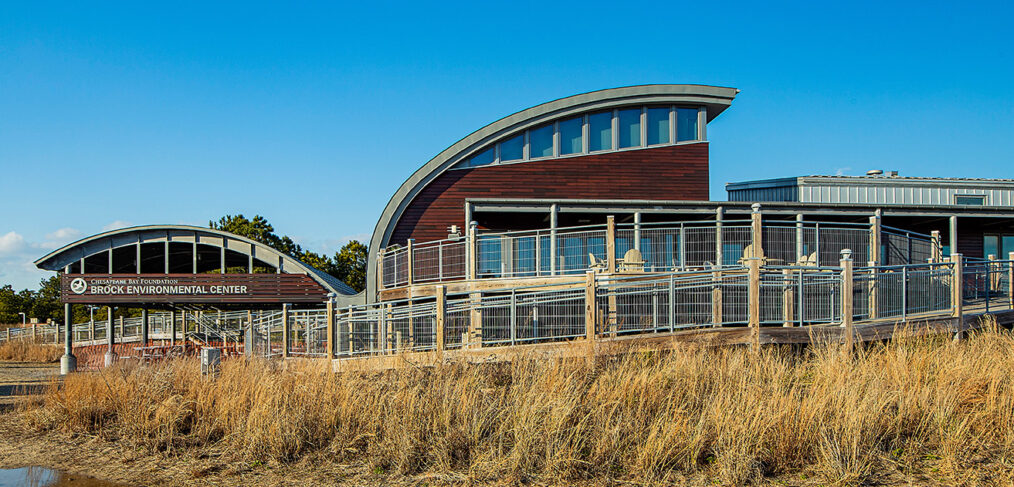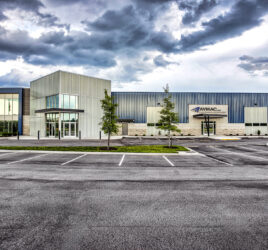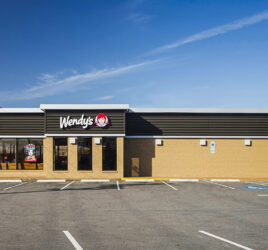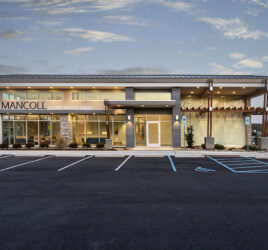
Brock Environmental Center – Architectural Photography
In a time when environmentally conscious architects are designing “green” buildings, the Chesapeake Bay Foundation‘s Brock Environmental Center has set the standard for the best in buildings that work with the environment rather than against it. Having a degree in Biology, this building and the organization hold a special place in my heart.
The center is located on the Lynnhaven River at the Pleasure House Point Natural Area.
It produces 83 percent more energy than it uses.
It is the first commercial building in the continental U.S. permitted to capture and treat rainfall for use as drinking water.
It is the Chesapeake Bay Foundation’s (CBF) Brock Environmental Center in Virginia Beach, and it has achieved one of the toughest building standards in the world—Living Building Challenge certification.
With its solar panels and residential wind turbines producing nearly twice as much energy as the building has used, the Center has far surpassed expectations since its completion in late 2014. Geothermal wells, rain cisterns for drinking water, waterless toilets, and natural landscaping, add to the center’s status as an international model for energy- and water efficiency. Elevated 14 feet above sea level, it is also a prototype for coping with climate change in a region increasingly prone to flooding.
Living Building Challenge certification from the International Living Future Institute requires a building to produce more energy than it uses over the course of 12 consecutive months and meet a host of other strict criteria for water use, location, health, materials, equity, and beauty.
The results have been remarkable. Electrical hook-up fees for the 10,500 square foot building add up to only about $17.19 per month, the minimum fee to tie into the grid. In fact, in the past year, the Center has produced about 83 percent more energy than it has used. The building also uses 90 percent less water than a typical office building of its size. And as a result of conservation efforts and innovative technologies, the building uses 80 percent less energy than a typical building that size.
The CBF-produced video at the end of this post will provide more insight into this remarkable building.















